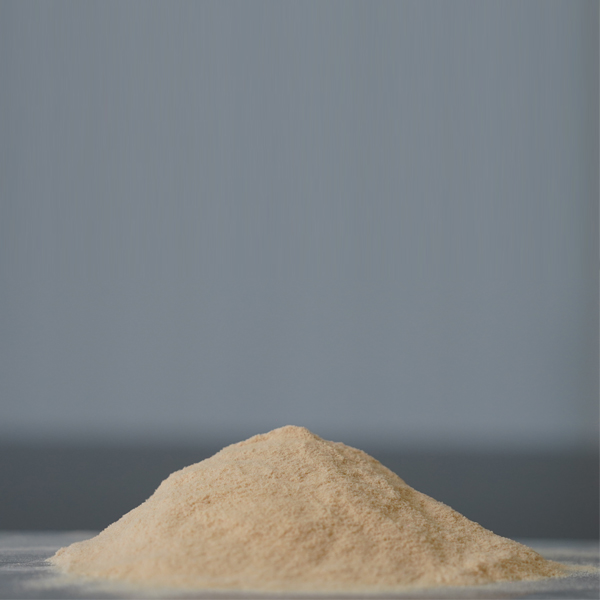
News
Oct . 13, 2024 12:23 Back to list
Boron Chelators and Their Applications in Agriculture and Industry
Boron Chelating Agents Their Importance in Science and Industry
Boron, a versatile element, plays a pivotal role in various sectors including agriculture, medicine, and materials science. It is known for its unique chemical properties, which enable it to form stable complexes with different ligands, thus making boron chelating agents a topic of significant interest and study.
What are Boron Chelating Agents?
Boron chelating agents are chemical compounds that can form stable complexes with boron. Chelators are molecules that can bind to a metal ion at multiple points, effectively grabbing the metal and preventing it from interacting with other species. This characteristic is crucial when it comes to managing boron in various applications, as it can help regulate its availability and mobility.
The most commonly encountered boron chelating agents include compounds like catechol, amino acids, and polycarboxylic acids. These agents can stabilize boron in solutions, enhancing its bioavailability in agricultural applications or improving its properties in material science.
Applications in Agriculture
One of the most significant applications of boron chelating agents is in agriculture. Boron is an essential micronutrient for plants, facilitating various physiological functions including cell wall formation and reproductive development. However, boron can quickly become immobilized in the soil or render itself unavailable for plant uptake due to high pH or other soil conditions.
Using boron chelating agents can enhance the solubility and mobility of boron in the soil, ensuring that plants can access this critical nutrient. This is particularly important in areas with boron-deficient soils. Furthermore, boron chelation can optimize fertilizer formulations, allowing for more efficient use of this micronutrient and potentially increasing crop yields.
Boron Chelating Agents in Medicine
boron chelating agent

In the medical field, boron compounds have garnered attention for their potential in cancer therapy and diagnostic imaging. Boron neutron capture therapy (BNCT) is a novel treatment approach for certain types of cancers. This technique involves delivering boron-10 to tumor cells, which is then targeted by a neutron beam. The interaction produces high-energy alpha particles, causing selective destruction of the cancerous cells while sparing surrounding healthy tissue.
Boron chelating agents play a critical role in BNCT by facilitating the delivery of boron to the targeted cancerous cells. Research is ongoing to develop more effective boron delivery systems that can enhance the selectivity and efficacy of this treatment modality.
Material Science Innovations
In materials science, boron chelating agents are being explored for their ability to modify the properties of materials. For example, boron can be incorporated into polymers or glass to improve thermal stability or mechanical strength. The use of chelating agents in these contexts can help control the boron content and distribution within materials, leading to improved performance characteristics.
Moreover, boron-doped materials are being developed for advanced electronic applications, such as semiconductor devices. The precise control of boron levels achieved through chelation can lead to innovations in the production of high-performance electronic components.
Conclusion
Boron chelating agents represent a fascinating and multifaceted area of research with significant implications across various fields. Their ability to enhance the availability of boron in agriculture, optimize medical treatments, and innovate material science applications underscores their importance in modern scientific and industrial practices.
As research continues to explore new boron chelating compounds and their applications, we can expect to see more advancements and breakthroughs in how we use this essential element. The integration of boron chelation technology may lead us to more sustainable agricultural practices, effective medical treatments, and advanced materials, thereby reinforcing the pivotal role of chemistry in addressing some of the contemporary challenges of our world.
-
Polyaspartic Acid Salts in Agricultural Fertilizers: A Sustainable Solution
NewsJul.21,2025
-
OEM Chelating Agent Preservative Supplier & Manufacturer High-Quality Customized Solutions
NewsJul.08,2025
-
OEM Potassium Chelating Agent Manufacturer - Custom Potassium Oxalate & Citrate Solutions
NewsJul.08,2025
-
OEM Pentasodium DTPA Chelating Agent Supplier & Manufacturer High Purity & Cost-Effective Solutions
NewsJul.08,2025
-
High-Efficiency Chelated Trace Elements Fertilizer Bulk Supplier & Manufacturer Quotes
NewsJul.07,2025
-
High Quality K Formation for a Chelating Agent – Reliable Manufacturer & Supplier
NewsJul.07,2025
